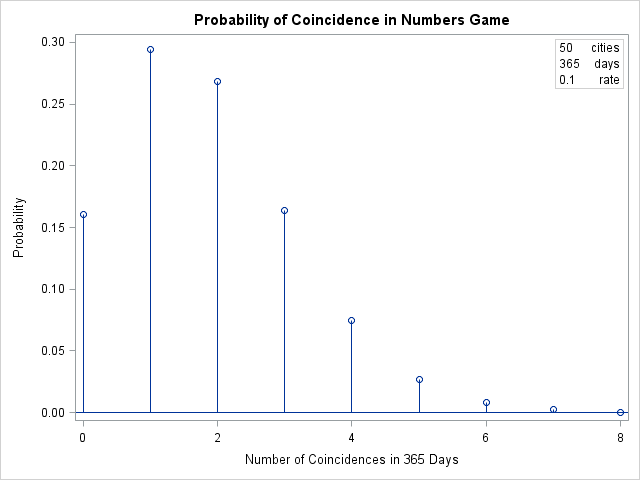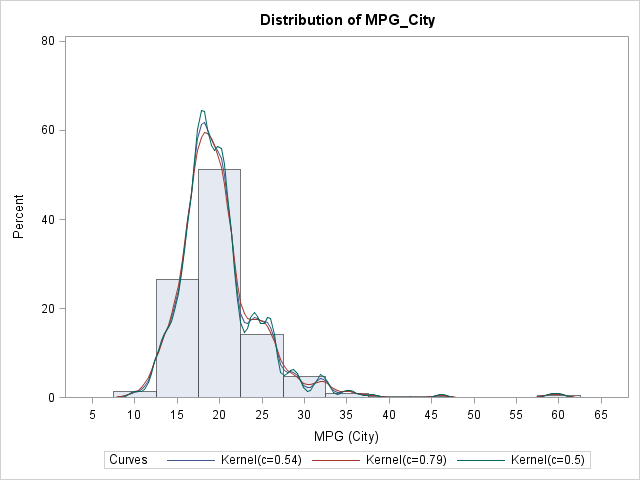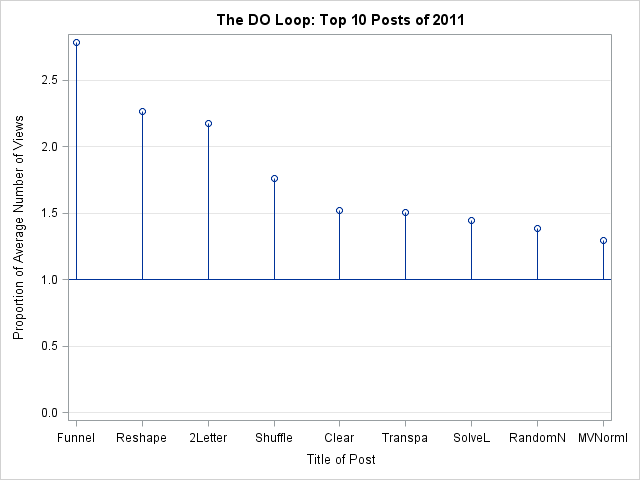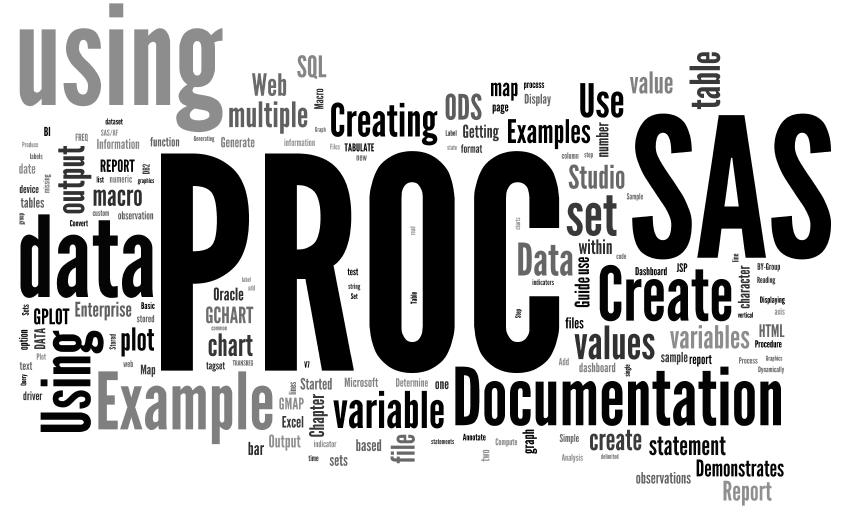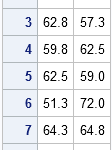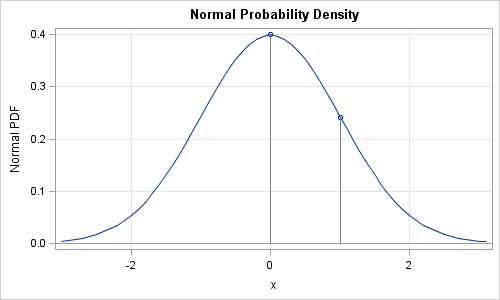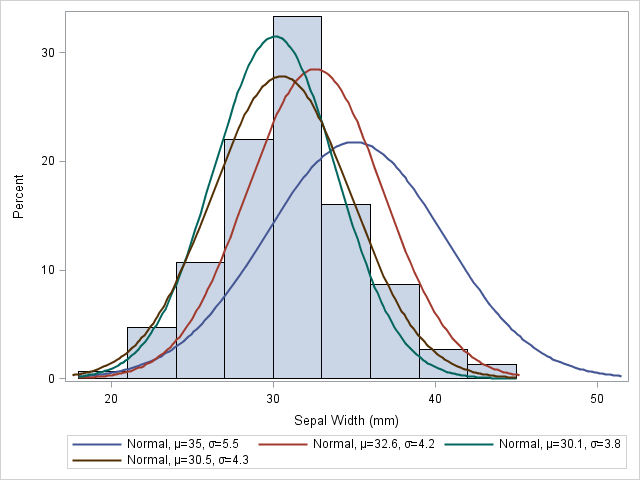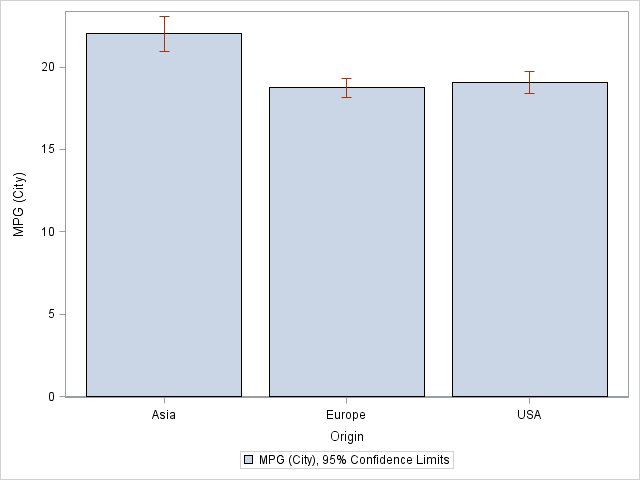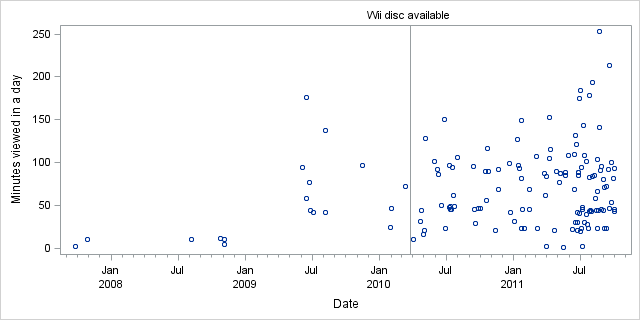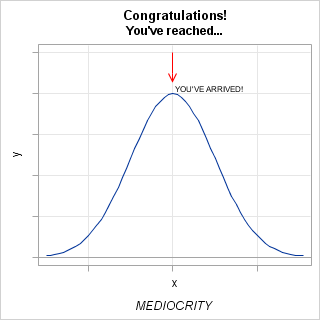
So many of us struggle with this mountain. In fact, 68.27% of us get within sight of reaching the summit (while 95.47% of us are at least on a perceivable slope). We run, walk, crawl and sometimes slide our way uphill (from one direction or the other) until we finally


